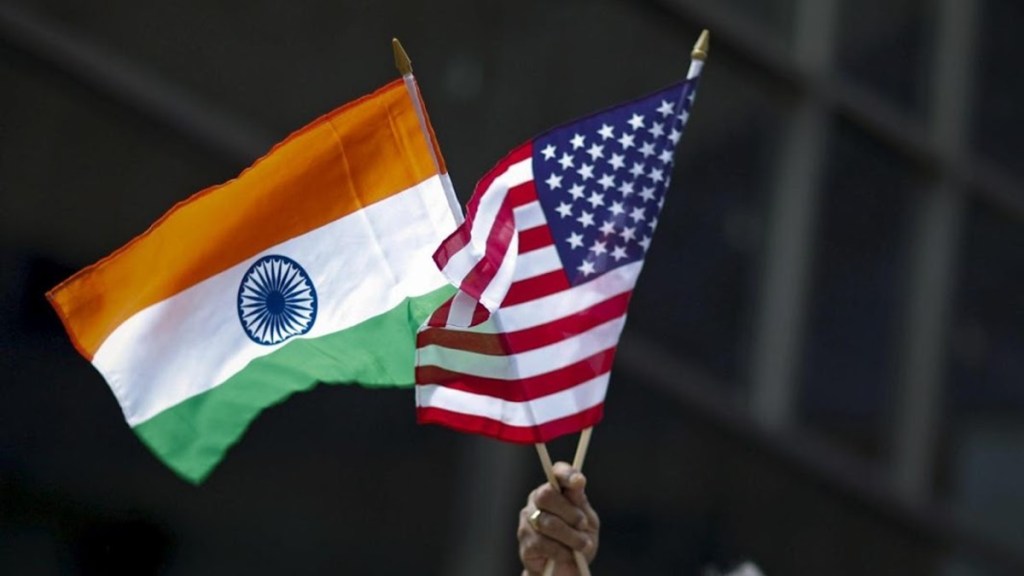The Donald Trump administration’s reciprocal tariff announcement could reduce India’s economic growth by up to 60 basis points as against 6.5% forecast for FY26 by analysts and research organisations. Following the US tariff action, Morgan Stanley in a note said India’s GDP growth could fall short of its 6.5% estimate by 30-60 bps in FY26.
“We see downside risks to growth both from the direct and indirect channels,” economists Upasana Chachra and Bani Gambhir write in a note. “While the tariffs exceed our estimates for India, on a relative basis, these are at par/lower than other key competing economies”
On India, the reciprocal tariff rate set by the US is 27%, which while quite high, is lower than some other Asian countries such as China (34%), Vietnam (46%), Thailand (37%), Bangladesh (37%), Taiwan (32%), etc.
“There would be an adverse impact on India’s export growth and therefore GDP growth which may come down to 6% as against the expectation of 6.5% in 2025-26, if India does not respond with suitable policies to neutralise this adverse impact,” said DK Srivastava, Chief Policy Advisor, EY India.
Since the US has remained import dependent for many years, it will take time for it to substitute domestic production for imported goods. In the meanwhile, the cost of imports of many consumption items as well as many intermediate products would go up significantly, Srivastava said.
Retaliation by many countries may mean a fall in US exports and no tangible improvement in its trade imbalance. This global slowdown may have a positive impact on India due to a lowering of crude oil prices, he said.
Rating agency ICRA’s early assessment is that the impact of the tariff announcements is negative for some sectors such as steel, non-ferrous metals, auto components and cut and polished diamonds.
“In our view, this poses a mild downside risk to our growth forecast. However, we suspect that the relative tariff scenario is going to continue to evolve as the year progresses,” ICRA chief economist Aditi Nayar said.
“For now, we are maintaining our baseline GDP growth forecast of 6.5% for FY26. As a result, we continue to expect the MPC (monetary policy committee) to reduce the repo rate by 25 bps next week, based on the expectation of a moderation in the CPI inflation to 4.2% on average in FY26,” Nayar said. A final rate cut of 25 bps may be forthcoming in the June or August 2025 policy review, based on the evolving growth inflation dynamics, she added.
Morgan Stanley also expects the RBI to cut rates by 25 bps and sees the central bank changing its stance to accommodative in the policy review next week on uncertain external demand environment.
Srivastava said the reciprocal tariff formula has been designed in a manner such that an increase in imports from the US of a given amount will have a larger impact on lowering the reciprocal tariff rate as compared to a fall by a similar amount in India’s exports to the US. “India’s growth has remained dependent on domestic growth drivers and it can sustain a growth of 6.5% in 2025-26 using monetary and fiscal policies,” Srivastava said. In particular, the policy rate can be reduced by about 75 basis points during the calendar year of 2025, he added.


